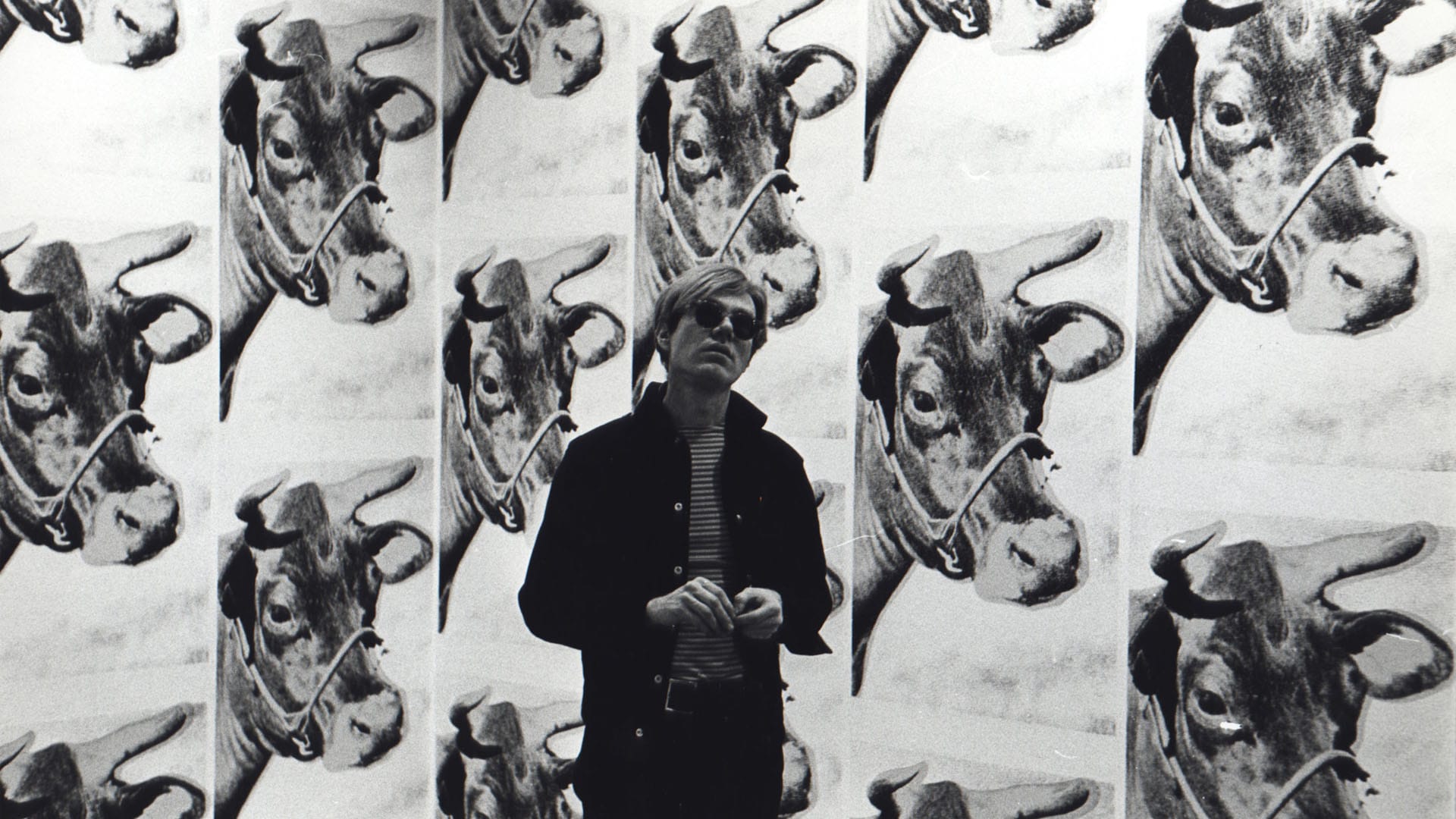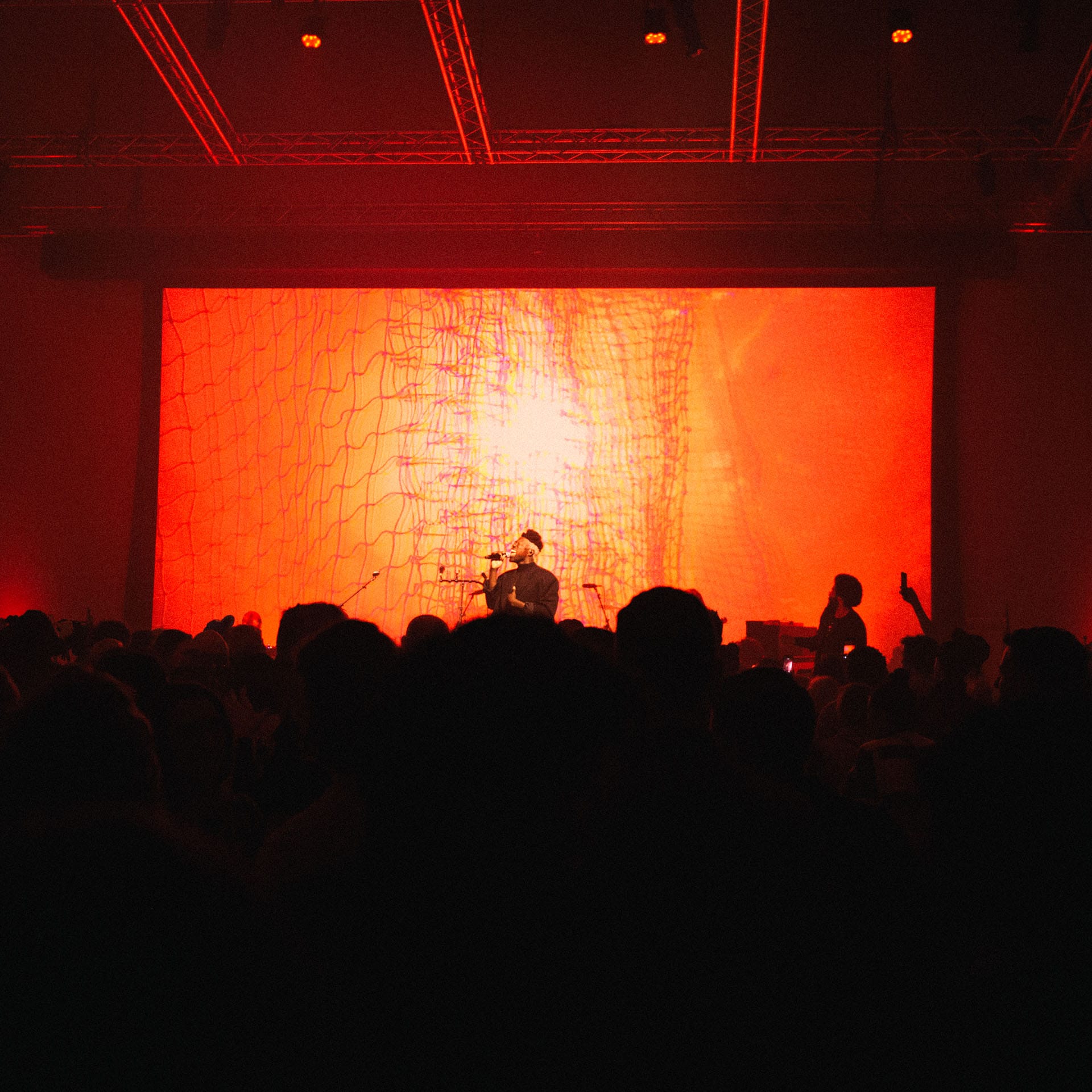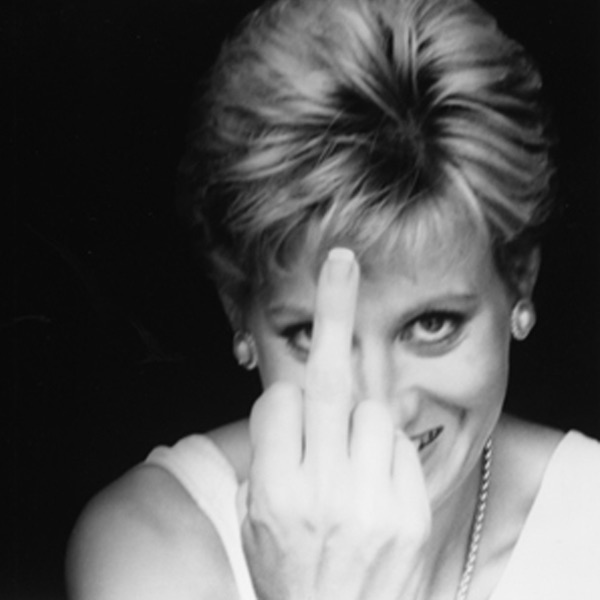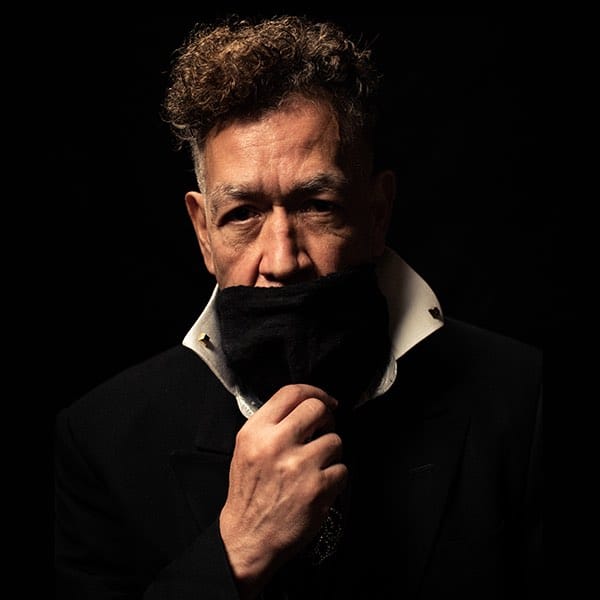When Andy Warhol passed away unexpectedly in 1987, his estate was faced with a daunting question: what to do with the oceans of material that the artist left in his wake.
This was, after all, someone who at the end of each day swept the contents of his desk into a box, which he dated and labeled “Time Capsule.” In addition to the boxes filled with movie-tickets stubs, newspaper clippings, bills, and wigs, were thousands of photographs taken by Warhol, who for nearly three decades rarely went anywhere without a camera.
More recently, Warhol’s photography has undergone a major reconsideration. What was initially viewed as a kind of ephemera has come to be viewed as something else: a primary source of the artist’s world and process, as well as an important prism through which to see the multiple strands of his artistic output.
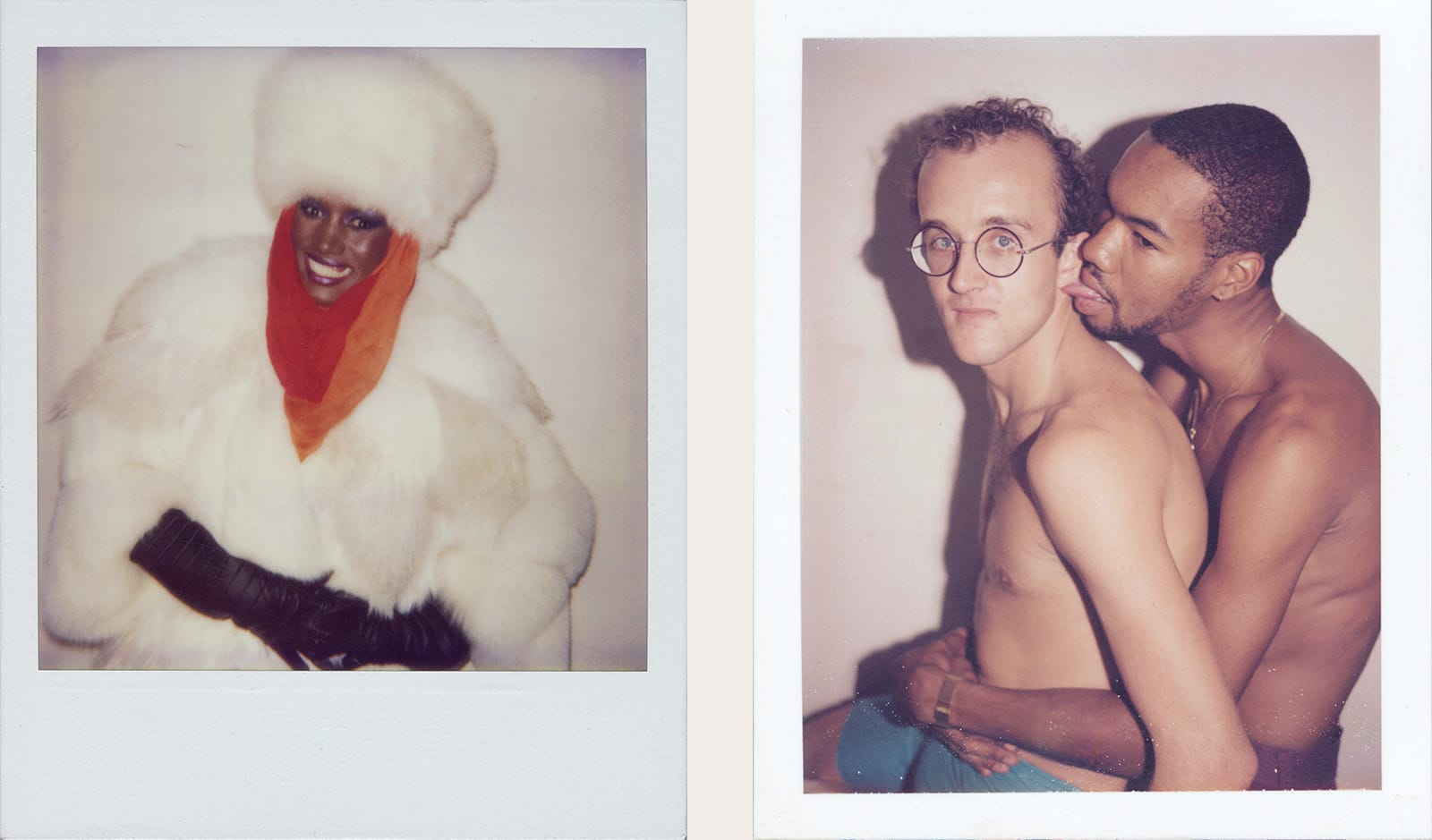
What’s indisputable is that the photographs hold up remarkably well. From the fresh-faced celebrity portraits to the diaristic snapshots of Warhol’s social circle and surroundings to the Times Square photo booth strips, it’s clear that, in addition to being the artist’s de facto art-making tool, Warhol’s use of the camera has shaped and predicted the direction of our visual culture, right down to the cameras we all now carry everywhere we go.
Collector Jim Hedges has been at the forefront of this critical and popular re-evaluation. As a kid growing up in Tennessee, Hedges was captivated by the world depicted in Interview magazine. His early and unwavering bullishness for Warhol’s photography has spurred a new appreciation of these images.
On the occasion of a new exhibition of Warhol’s photography at Neuehouse Hollywood, featuring numerous works from Hedges’ private collection, we sat down with the collector to hear how he got hooked on Warhol’s photographic work and why he thinks it deserves greater attention now.
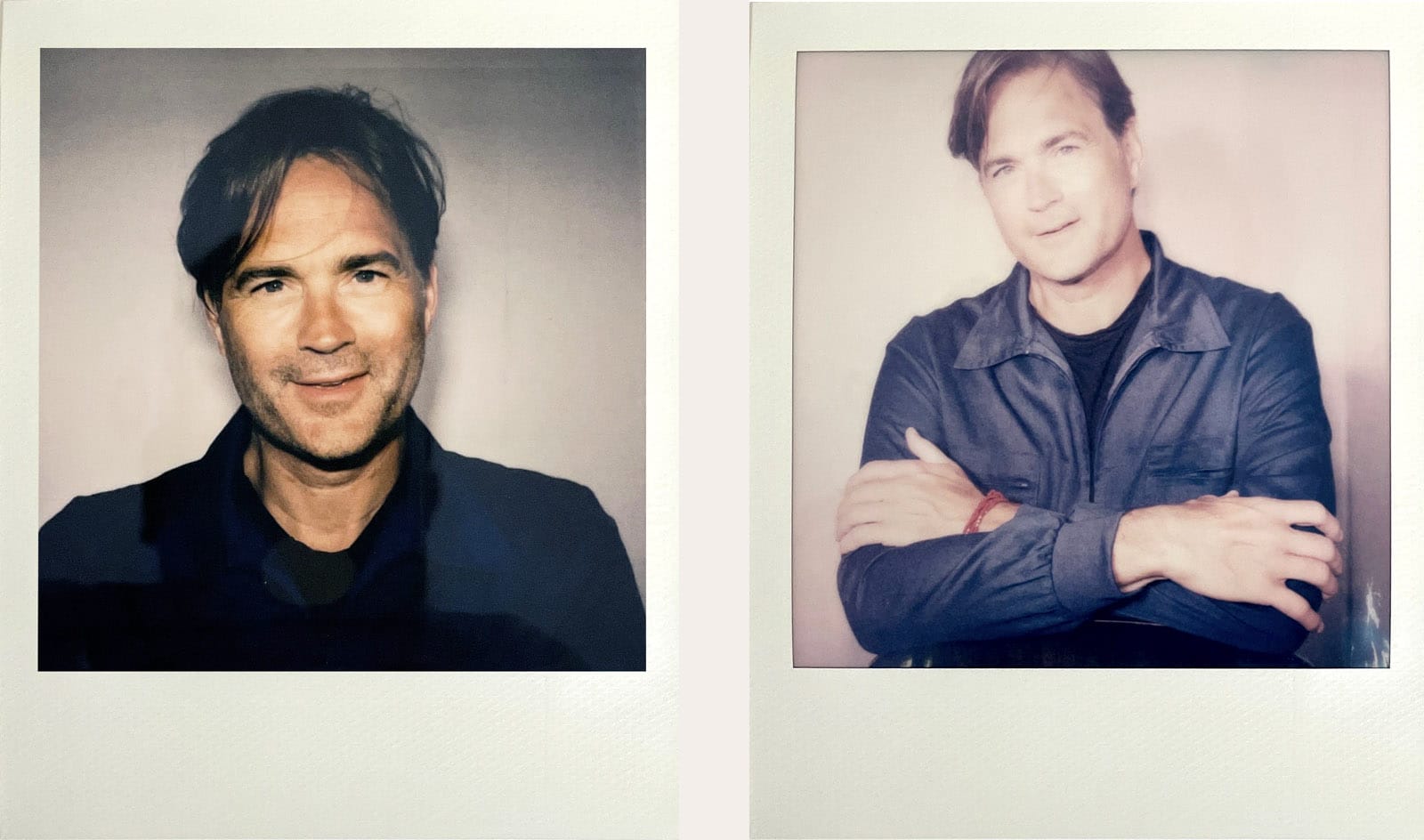
“It’s funny because this is a guy who doesn’t feel social, he feels anti-social, yet he is the ultimate arbiter of social interactions.”
As a collector of Warhol’s photography, and someone who has been immersed in understanding this work, what is it about these images that you find so compelling?
There’s no way to understand the entire body of Warhol’s work without understanding the role that a camera played in his life. Between 1957 until his death in 1987, he carried a camera with him every day. It was part and parcel of the way he interacted with people emotionally. It was how he documented the world around him. It was part of the ways he created art. Time and time again we see him utilizing these photographic tools for a broad spectrum of commercial activities and non-commercial activities. I also don’t think that you can get to know Warhol as an individual without tracking his use of the camera.
One aspect of the photography is that he seems to be constantly documenting what’s going on around him. What do you make of that urge?
Without being trite, it is a precursor to reality tv, social media. There’s no “off switch.” Everyone is always contributing to the reportage. It’s amazing that he got away with it. But somehow Andy never annoyed people. He was always unobtrusive. Whether it was the camera or the tape recorder, people were disarmed and let their guard down—certainly that’s what the photos tell.
There’s also the obsessiveness. We see these objects that he was fascinated by. When he was on a trip and he was alone, he would always turn his camera to a bedside table, a room service tray, a hotel lobby chandelier, telephones. All of these things became recurring themes. It does make you wonder: what was the power in those objects?
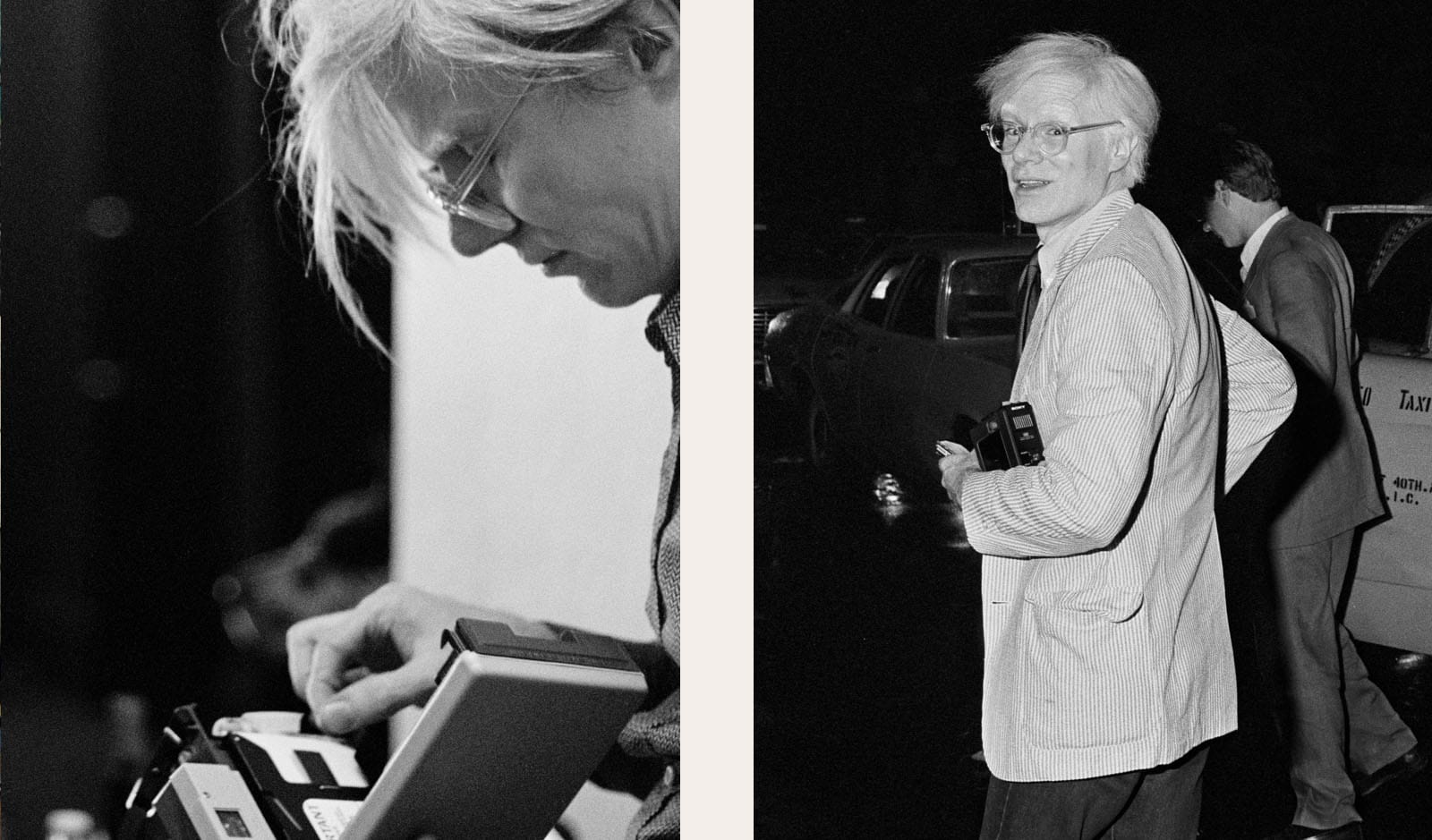
How much of the appeal of these images for you is the social scene they depict?
For me, as a twelve-year-old growing up in Chattanooga, Tennessee, seeing Interview [magazine] was a gateway to a whole world of social action and interaction and excitement that was not part of my world. And that was very appealing. There’s an inextricable part of this work that’s super-engaged, person to person and people to people. It’s funny because this is a guy who doesn’t feel social, he feels anti-social, yet he is the ultimate arbiter of social interactions.
The gallery is on fire and you can grab one photo…
There’s a photo in the show of Dolly Parton and Keith Haring together that I just relish. It’s just my favorite. They both look sweet and adorable and they’re at Warhol’s house in Montauk, and it just feels like the ultimate 1980s icon gathering.
The polaroids of celebrities and patrons are still so striking and fresh. How do you see those in relation to the painted portraits?
Andy pushed the camera button to take a picture, but he didn’t necessarily push the paint. In many respects, [a photograph] was possibly the only time that he actually touched something to make the body of work. This was a mechanical process, and photos were the front end of it. It was an assembly line, a factory, and the end product might have been a painting, or it might have been a print, but it all started at the same spot.
Exhibition Information & Tickets
Andy Warhol: Photo Factory
Member Preview: June 4th – June 8th, 2021
Open to the Public: June 9th – July 9th, 2021
10:00 AM – 7:00PM
